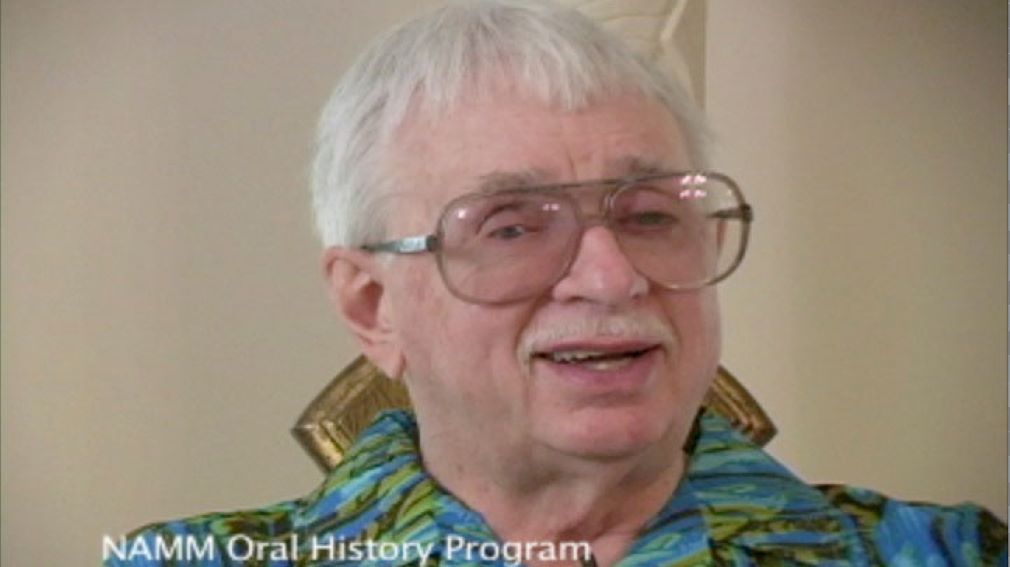NAMM Oral History Spotlight: Buddy Harman

Buddy Harman was born in 1928 as Murray Mizell Harman Jr. in Nashville, Tennessee. Raised in a musical household as both of his parents played in a band, with his mother playing drums, Harman purchased his first drum kit, a set from Slingerland, while in high school with money earned from his job at a local movie theater.
After high school, Harman enlisted in the Navy and maintained his musical talent playing at the bases where he was stationed. After his discharge, he enrolled in the Roy Knapp School of Percussion in Chicago, Illinois, where he further developed his skills over three years. After his time in Chicago, he returned to his home in Nashville in 1952, becoming a staple in the city’s vibrant country music scene for decades to come.
In 1954, future Country Music Hall of Fame inductee Carl Smith recruited Harman into his band, the Tunesmiths. That same year Harman started doing studio work, quickly becoming a first-call drummer on what became known as Nashville’s Music Row. In 1959, Harman took a position as the first house drummer at the Grand Ole Opry, where he was required to play behind the curtain as the Opry still did not allow drums to be seen on stage. Harman was with the Opry for two years before his demands in the studio required him to leave the famed venue.
While working in the studios, Harman would become part of the legendary Nashville A-Team, the group of session musicians who backed everyone from Elvis Presley to Patsy Cline and Bob Dylan from the 1950s to early 1970s. It was as part of this tight circle of studio musicians that Harman laid the beat primarily for Patsy Cline, but also can be found on classics like Roy Orbison’s “Pretty Woman,” the Everly Brother’s “Cathy’s Clown,” and Johnny Cash’s “Ring of Fire.”
By the end of the 1970s, Harman became less active in the studio, eventually returning to the Opry and serving as the business agent for the Nashville chapter of the American Federation of Musicians, the largest union for musicians. According to CMT News, in 2003, the Grand Ole Opry dismissed Harman and many other legendary sidemen as part of an effort to “achieve efficiency” of the band, according to the Opry’s general manager at the time. The dismissal came as a shock to many Opry members, including musician and fellow NAMM Oral History interviewee Vince Gill, who said, “Buddy Harman can play circles around most drummers.” (Editor’s Note: The article in its entirety, can be found at http://www.cmt.com/news/1473000/grand-ole-opry-dismisses-legendary-sidemen/)
Harman passed in 2008 at 79, leaving behind five children, including sons Murrey and Buddy Harman Jr. His legacy lives on through his performance on over 18,000 recording sessions resulting in about 72,000 songs. Harman is also remembered for his many accolades, including the Academy of Country Music’s 1981 Drummer of the Year award and the Super Picker award for drums on the most number-one recordings from the Nashville’s chapter of the National Academy of Recording Arts and Sciences (NARAS) in 197 and 1976.
For Buddy Harman’s full interview, please visit /library/oral-history/buddy-harman and to hear more about Harman’s work with the A-Team listen to The Music History Project’s “Ep. 61 – The Nashville A-Team” at /library/blog/ep-61-nashville-team.